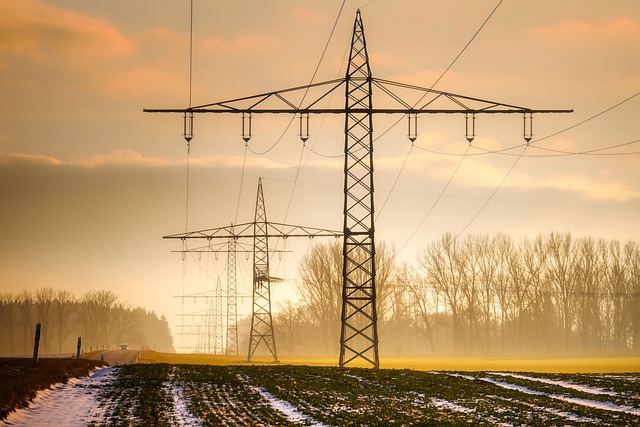Expanding network coverage in large facilities or outdoor spaces requires strategic integration of wireless access points (WAPs) with LAN cabling services. By selecting appropriate cabling types like fiber optic over copper and meticulous planning, professionals optimize signal strength, mitigate loss and interference, ensuring robust wireless infrastructure tailored to specific needs. Reputable providers offer high-quality cables and expert installation, adhering to industry standards for efficient, future-proof network design.
In today’s digital era, extending network coverage is crucial for seamless connectivity. Wireless Access Point (WAP) cabling offers a game-changer solution, revolutionizing how we connect devices across vast areas. This article delves into the intricacies of WAP cabling, exploring its benefits and the importance of choosing reliable LAN cabling services. We’ll guide you through implementation and optimization strategies to ensure optimal performance, fostering a robust network infrastructure for your bustling organization.
Understanding Wireless Access Point Cabling
Wireless Access Point (WAP) cabling is a crucial component in expanding network coverage, especially in large facilities or outdoor spaces. It involves integrating LAN cabling services to ensure seamless connectivity and optimize signal strength. This process requires careful planning to meet specific infrastructure needs. By strategically placing access points and utilizing appropriate cabling types, networks can achieve extended reach while maintaining high-performance standards.
The choice of cabling is vital; fiber optic cables, for instance, offer superior speed and distance advantages over traditional copper wires. LAN cabling services professionals understand these nuances, ensuring the right equipment is deployed to support the desired network coverage. This includes considering factors like cable length, signal loss, interference, and environmental conditions to deliver a robust wireless network infrastructure.
Benefits of Extended Network Coverage
Wireless access points (WAPs) offer a significant advantage in terms of network coverage and flexibility. One of the key benefits of deploying WAPs for extended network coverage is the ability to seamlessly integrate with existing LAN cabling services. This means businesses can leverage their current infrastructure while expanding connectivity to new areas without the need for extensive rewiring or costly infrastructure overhauls.
By utilizing wireless technology, organizations can easily and cost-effectively bridge gaps in network accessibility, ensuring consistent connectivity across larger facilities or campus environments. This is particularly advantageous for open-plan offices, industrial sites, or educational institutions where traditional LAN cabling may not be feasible or as efficient.
Choosing the Right LAN Cabling Services
When selecting LAN cabling services for your wireless access point setup, it’s crucial to consider factors like network speed requirements, cable type, and distance limitations. Opting for reliable service providers ensures that you receive high-quality cables suited to your specific needs. These professionals can guide you in choosing the right CAT6 or higher Ethernet cables, which are essential for supporting faster data transfer rates required for modern wireless networks.
Moreover, experienced LAN cabling services offer expertise in designing and installing network infrastructure efficiently. They can navigate complex spaces, ensuring proper cable management and minimizing disruptions during installation. Their knowledge of industry standards and best practices guarantees a robust and future-proof networking foundation, vital for extending network coverage without compromising performance.
Implementing and Optimizing for Seamless Connectivity
Implementing and optimizing wireless access point (WAP) cabling for extended network coverage is a strategic move to ensure seamless connectivity across vast spaces. Professional LAN cabling services play a crucial role in designing and installing robust networks that cater to diverse environments, from large office buildings to outdoor venues. These services involve careful planning to accommodate signal strength, interference management, and cable routing, ensuring optimal performance at every point of the network’s reach.
Through meticulous configuration and regular optimization, LAN cabling specialists enhance wireless coverage by strategically placing WAPs and optimizing channel allocation. This process ensures minimal signal loss and interference, resulting in a stable and high-speed network experience for all users, regardless of their location within the extended network coverage area.
Wireless access point cabling is a powerful tool for expanding network reach, offering numerous advantages such as improved connectivity, enhanced signal strength, and increased flexibility. By choosing the right LAN cabling services and implementing optimal strategies, businesses can seamlessly integrate their operations and enjoy the benefits of extended network coverage. This ensures a robust, efficient infrastructure that supports modern workflows and future growth.
